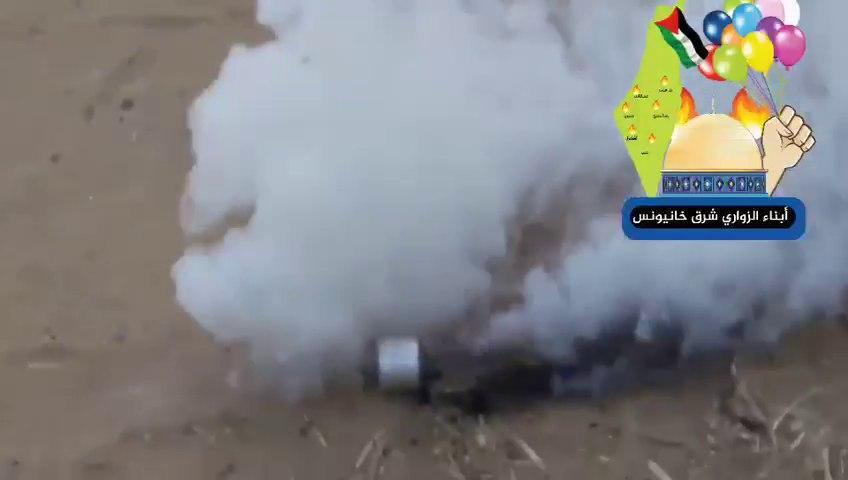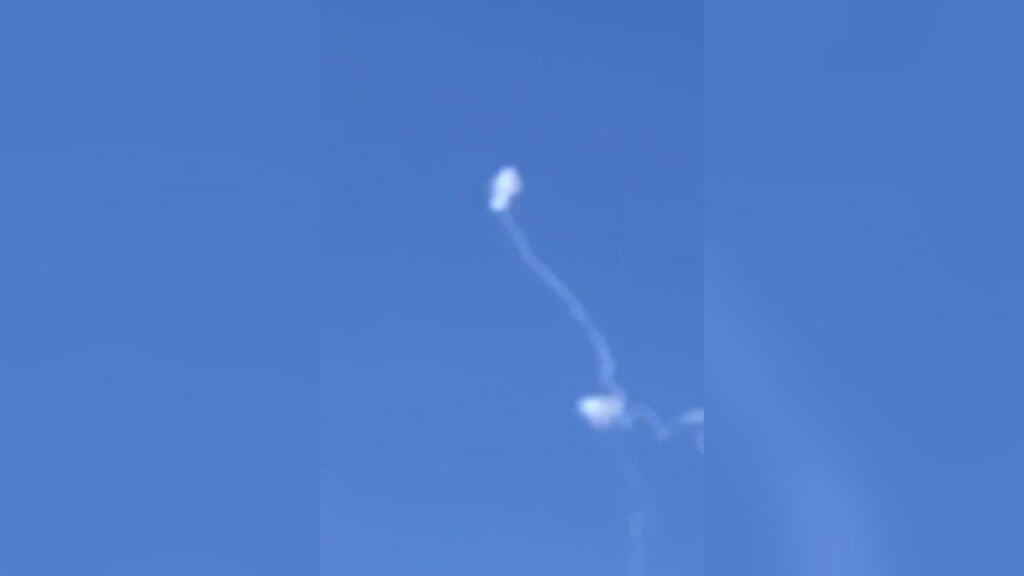Getting your Trinity Audio player ready...
A strange reality has emerged in Gaza over the past month. As Israel implements new policies aimed at relieving some of the hardships of civilians in the Strip, granting more work permits for residents and lifting restrictions on the import of some goods, a new form of terror has risen - explosive devices carried by balloons across the border into Israel.
Hamas, which is considered to be the force able to maintain calm and a partner to Israel in the efforts to reach a long-term agreement, is behind this new form of terror.
This unbearable reality requires close inspection of the assumptions made by the Israeli government, the first being the perception that Hamas is in favor of a long-term agreement to bring calm to the border and improve lives for the civilian population in Gaza.
The second is a belief adopted after the assassination of Islamic Jihad commander Abu al-Ata that his demise would advance the strategic agreement
Hamas is also seen as struggling to contain the smaller factions operating in the Strip.
The increase in rocket launches and the explosive balloons should highlight to leaders in Jerusalem that Hamas can but does not want to stop the latest aggression. At least not yet.
5 View gallery


Police sappers prepare to defuse explosive devices attached to balloons from Gaza
(Photo: Eshkol Regional Council)
The situation in Gaza illustrates the gap in perceptions. What Israel considered dramatic improvements to the lives of civilians was in fact a minor response to the dire conditions of people living in the besieged enclave. Hamas leader Yahya Sinwar indicated these gestures are not enough.
There may also be a disparity in how Israel perceives "calm." In Jerusalem, there is the expectation that calm means a complete lack of violence, while the Hamas interpretation sees it as a period with no battles and no shelling.
While Israel holds on to its binary view of either complete quiet or all-out attacks on Israel, Gaza rulers Hamas, with a considerable degree of sophistication, chose a third gray area that includes low-grade incidents. This would be a war between wars, leaving Israel unable to respond forcefully.
Because the expectation promoted by Israeli leaders of an imminent agreement with Hamas bringing about a period of no violence, the government would be wise to explain to the public that this is unlikely.
Perhaps over time, and after the March 2 elections, more understandings can be reached.
The Israeli public must be made aware that there is no solution to the problem of Gaza, at least in the foreseeable future.
Some easing of tensions can be expected, along with some lifting of restrictions and some periods of calm, but none of those will change the fundamental problems that the Gaza Strip struggles with, something that continues to affect the security of Israelis.
With less than one month before the Israeli elections, there is a very small chance that a dramatic shift in policy that could bring about a real change to civilians in Gaza.
A slightly less unlikely option would be an all-out assault on Hamas.
The soon-to-be-elected government will be faced with having to make strategic decisions that will bring about clear resolutions, and they will have to make them quickly.
It must either proceed towards an understanding with Hamas, which must include the return of the bodies of two Israeli soldiers who are presumed dead and the two civilians being held in the Strip, or adopt a military option that would mean an all-out assault on the Gaza leadership, which for now seems irreplaceable, with the intent of eventually creating more amenable conditions as part of an agreement.
Michael Milstein is head of the Palestinian Studies Forum in the Moshe Dayan Center for Middle Eastern and African Studies at Tel Aviv University






